Three Major Economies in the World are facing Energy Crisis; What has led to the 2021 Energy Crisis?; Where does India stand with its Energy needs, and should India be worried?
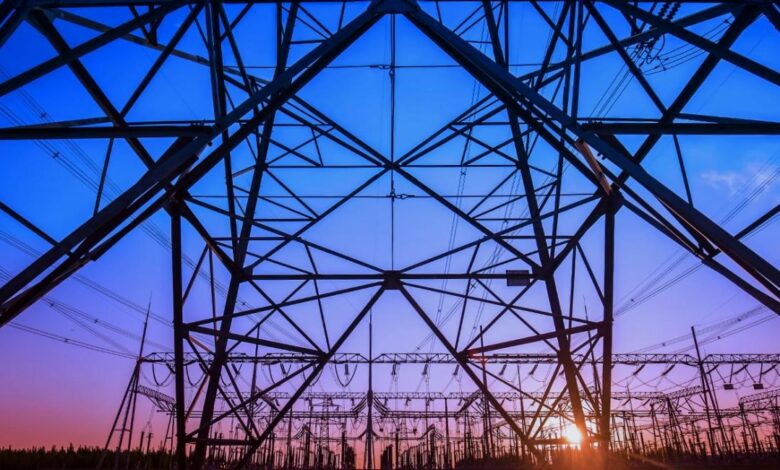
As if it was not enough for the world to be in the grip of the Covid -19 pandemic, wherein each country had to bear the cross of declaring a medical emergency, encounter thousands of deaths owing to the pandemic, and also take financial and economic losses as economies world over shut down to control the number of rising cases.
The Covid -19 pandemic is still not over; we are still dealing with the mutations even as vaccinations are being rolled out to respective populations to minimize and navigate the challenging problem of different modifications of the virus.
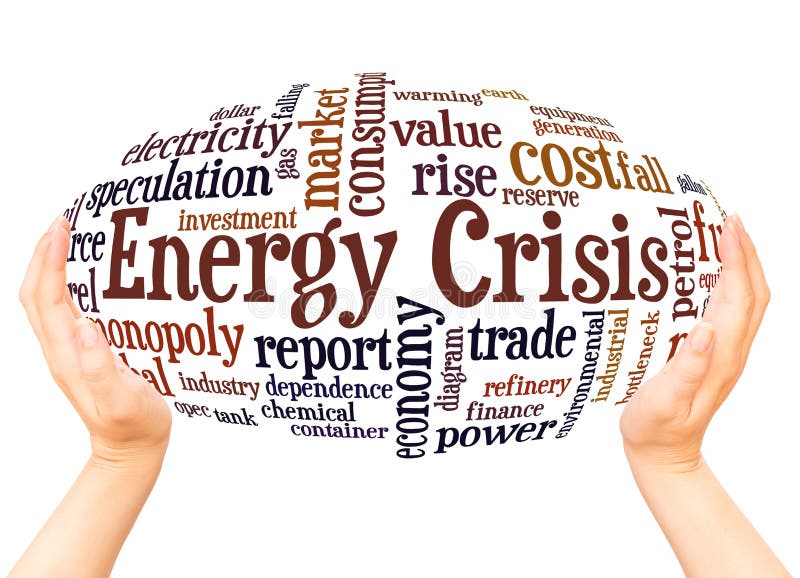
Amongst this chaos comes the news of the energy crisis, which is currently battled by three major economies – Europe, the USA, and China.
Incidentally, Europe, the USA and China have had it particularly rough in the last couple of months; they have had to not only deal with the high number of Coronavirus cases (even as medical infrastructure took a beating in Europe and America) but also battle with unforeseen natural disasters.
Flash floods, cyclones, typhoons, wildfires, volcanic eruptions are some of the issues that these nations have had to battle, and that too is at a war footing, and might I add at quick succession.
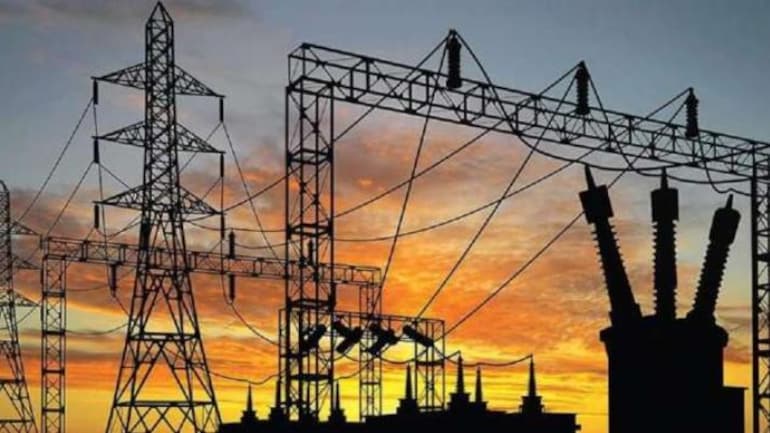
Global Energy Crises in the 21st century
Needless to say, the cost of technology also comes at a price. Automation, our ever-increasing demand for energy, and our continued dependence on fossil-based fuels for generations have led the whole world to a place where the cost to pay in terms of climate change and related adversities have come knocking at our door.
We are now witnessing living proof of the result of our dependence on fossil fuel, carbon emissions have gone through the roof, and the scientists have been hollering to the world that we may very well be beyond the point of no return when it comes to fixing our planet.
On the one hand, we have the energy industries that face the challenge to sustain the supply of fossil fuel resources to meet the changes in the market demand and on the other, we are also challenged to reduce our dependence on fossil fuel.

What is happening in Europe?
Europe is in the midst of an energy crunch, and it is said to be the worst in a long time; gas storage volumes have shrunk to 10 – year lows.
What is worrying the region is the anticipation of harsh winters, which could lead the region to severe energy shortages as demand increases. The fact that Russia is potentially adding to the problem by putting a curb on the supply of natural gas, some say, is politically motivated.
Europe is one of the largest energy-consuming regions in the world, and its energy production is insufficient to cover this demand. By 2030 it is estimated that Europe’s dependency on energy import is likely to be almost 70%, and this vulnerability has the potential to seep in and affect all economic sectors.
Europe by far has been at the forefront when it comes to reducing its dependency on fossil fuels; this is reflected in the fact that green parties are more prominent in Europe than elsewhere.

Europe creates its opulence with relatively low emissions; European cities are revolutionary urban cities that have their population gravitating towards the use of cycles and less on the car. Hence the E.U.’s desire to be the global green champion and its political leaders desire to be at the forefront of the decarbonization agenda (which they are as it is) also means that it is the first to face hardships as it makes this transition.
But it is also a political nightmare – no political leader or government would want to be in the middle of the massive fallout that it would lead to.
Already the governments are facing the heat and political fallout from the current spike in energy prices. Europe’s decarbonization agenda requires making fossil energy use more expensive; however, at the same time, genuine energy poverty is also not acceptable.
Markets Nervous
Europe’s record runs in energy prices, multi-year highs that are not expected to end anytime soon (U.K., electricity bills are the most expensive in Europe), and with the onset of winter, market analysts predict market nervousness.
/cdn.vox-cdn.com/uploads/chorus_asset/file/22309832/1231190260.jpg)
What happened in the USA?
February 2021 was a tough one for the U.S. the energy crises crippled power grids across the U.S. Texas was the collateral damage. 4 million homes and businesses were without power across the state.
The unprecedented cold weather did not help; it led to all-out chaos as Medical centres rushed to administer vaccines before they went bad. Flights were grounded. More than a million barrels a day of oil and 10 billion cubic feet of gas production were shut, and massive refineries halted gasoline and diesel output.
Besides the impact on households, the cold wreaked havoc on the energy industry itself. U.S. oil production dropped by well over a million barrels a day, helping U.S. crude prices trade above $60 a barrel for the first time in more than a year.
The region’s refining complex — which produces almost half of the nation’s fuel — struggled to limp along without power and gas supplies. Some of the largest oil refineries were shut altogether, threatening to reduce gasoline and diesel supplies across the country.
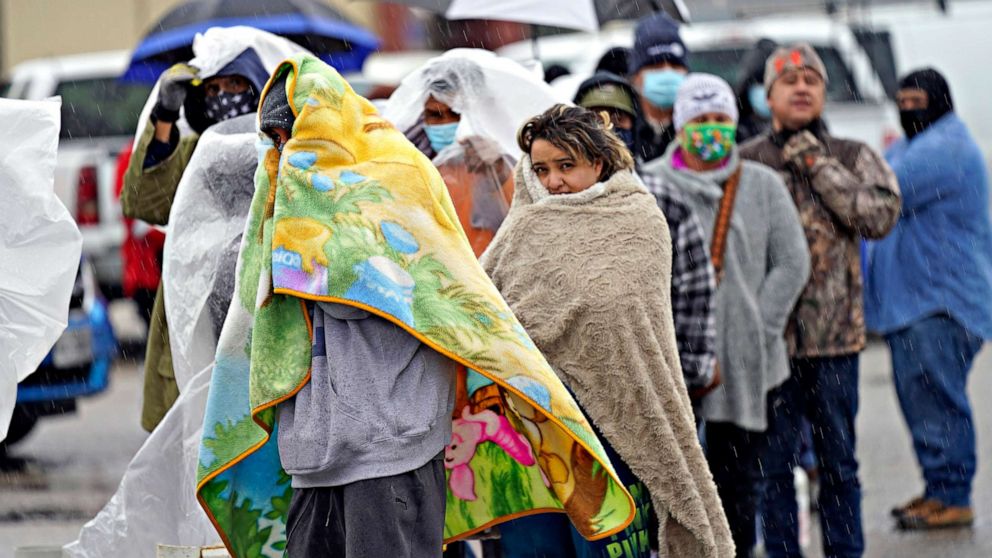
On June 15 2021, U.S. Senator John Barrasso delivered a speech at a full committee hearing to examine the president’s ( Joe Biden) budget request for the Department of Energy.
He made the following remarks – despite the fact that America has the world’s largest energy resources, blackouts and energy shortages are increasing, making America increasingly dependent on foreign adversaries to meet its energy demands. And at the rate that the country is going, it could very well face an energy crisis such as in the mid – 70s.

What is happening in China?
China, too is in the middle of a huge power crunch. What is not helping is the surging demand, extreme weather conditions, and a strict limit on coal usage, which has delivered a triple blow straining the country’s economic recovery also weighing on global trade.
The energy crisis is being touted as the worst since 2011 when China saw droughts and a surge in coal prices.
Hence power rationing in all of its provinces has led to companies not being “happy” with the way things are going.
Eighty of the chamber’s member companies might have been affected by the government’s orders to suspend operations for a few days a week, domestic manufacturers have been forced to stagger production, too. Some companies have even started contracting expensive diesel generators to keep business going.
Sweltering weather in some areas has led to an increase in power demand, as people use more air conditioning and refrigeration.
Meanwhile, there’s a massive strain on energy production. Renewable energy sources, such as hydropower, have been hobbled by drought. Major hydropower hub Yunnan province, for example, has had trouble retaining the water it needs in its reservoirs

Where is India?
Power Crisis this year deepened and troubled the whole of north India, particularly Rajasthan. In September, India’s power minister directed officials to consider diverting coal to power plants with extremely depleted stocks as some plants faced shortages to the extent of several utilities to the verge of running out of fuel.
As India’s electricity demand is likely to continue rising, it is imperative that the government chalks out contingency plans to meet the ever-increasing demand and take a lesson from what is happening in China, Europe and the United States.
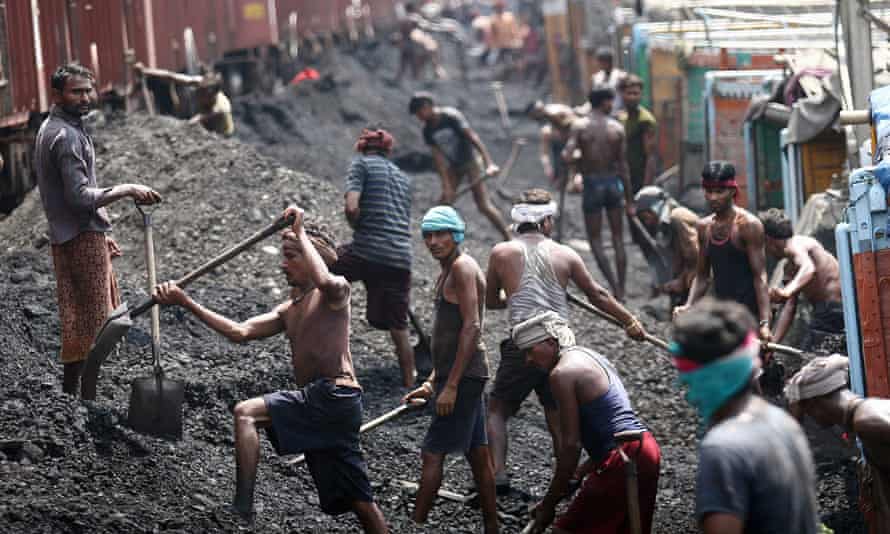
However, what is not good is India’s dependence on Coal burning, which meets nearly three–quarters of the county’s electricity demand. India remains the second-largest importer of coal despite the fact that the country also has the fourth-largest coal reserves.
India is the world’s third-largest energy-consuming country; energy use has doubled since 2000, with 80% of demand still being met by coal, oil and solid biomass.
Here are some hard-hitting facts –
– India is soon to take the title of the world’s most populous country adding the equivalent of a city the size of Los Angeles to its urban population each year
– Over the coming years, millions of Indian households are set to buy new appliances, air conditioning units and vehicles
– To meet growth in electricity demand over the next twenty years, India will need to add a power system the size of the European Union to what it has now.
We are at a global level facing challenges that are a result of population explosion, dependence on fossil fuel, a chain of severe weather events that have shaken power grids and upended energy markets globally from Japan to France in recent months. They’ve all underscored how vulnerable the world has become in the face of increasingly unpredictable weather brought on by climate change, and it’s raising questions about the global push to electrify everything from transportation to heating and cooling.




